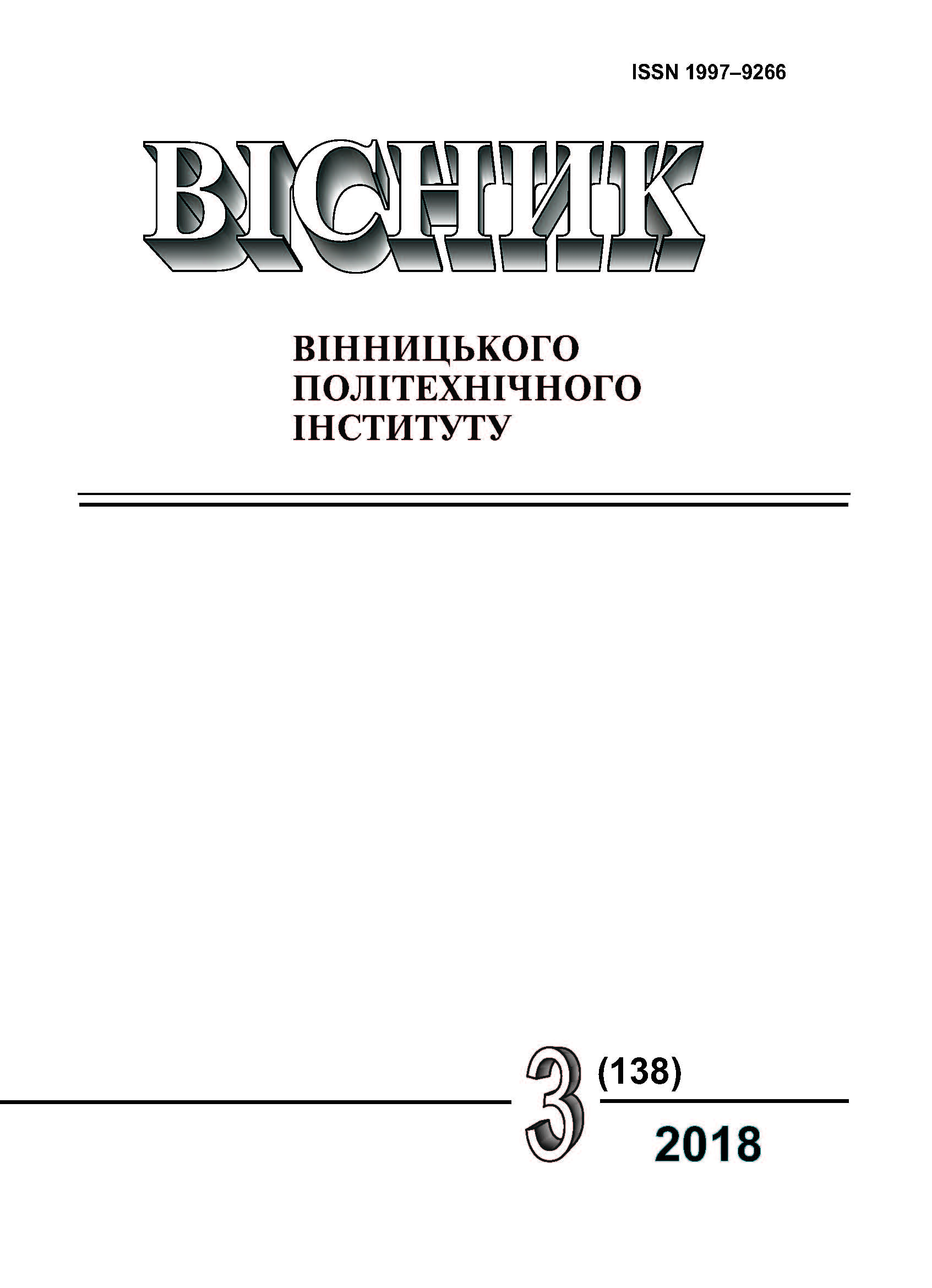Application of Baromembrane Methods for Water Treatment from Ions of Hard Metals
Keywords:
nanofiltration, membranes, heavy metals, permeate, concentrate, water purificationAbstract
Pollution of natural reservoirs with heavy metal ions is a rather acute problem, despite significant scientific and technical achievements in the field of natural and sewage treatment. Among the well-known methods of water purification, in which heavy metals are contained in microorganisms, membrane treatment methods are of greatest interest. The processes of membrane water purification from heavy metal ions from highly dilute solutions are investigated. It is shown that the performance of the OPMN-P nanofiltration membrane in the filtration of highly dilute solutions of cadmium sulfate depends on the working pressure and is close to the values obtained with the use of distilled water. It has been found out on the example of the allocation of copper, cadmium and lead ions at concentrations of ~ 0,1 mg/dm3, that the membrane selectivity was very low and did not exceed 10%. When using complexons in some cases, the selectivity of the membrane reached 100 % with a decrease in the initial concentration of metal ions to 10–8 mg/dm3. In this case, metal ions accumulated in concentrates in equivalent quantities. So with the use of Trilon B, the selectivity of copper ions increases to 69...77 % in the first stages. When using OEDFK, the selectivity reaches 100 % throughout the entire filtration. When used as a complexons NTMFK at copper concentrations of 10–3...10–7 mg/dm3, full removal of copper from water at the concentrations of NTMFC 25...50 mg/dm3 was achieved. At the content of NTMFC 10 mg/dm3, the copper selectivity reached 26 %. When purifying water from cadmium, it was less effective to use the composition of Aquaton and DDTN and zero selectivity provided NTMFK. At the same time, OEDFK provided complete maintenance of cadmium. The use of these complexons was ineffective in the release of lead ions Pb2+from water. When filtering slurries of calcium carbonate together with lead carbonate, it is released quantitatively from water by using an OPMN-P membrane.
Downloads
-
PDF (Українська)
Downloads: 271
Published
How to Cite
Issue
Section
License
Authors who publish with this journal agree to the following terms:
- Authors retain copyright and grant the journal right of first publication.
- Authors are able to enter into separate, additional contractual arrangements for the non-exclusive distribution of the journal's published version of the work (e.g., post it to an institutional repository or publish it in a book), with an acknowledgment of its initial publication in this journal.
- Authors are permitted and encouraged to post their work online (e.g., in institutional repositories or on their website) prior to and during the submission process, as it can lead to productive exchanges, as well as earlier and greater citation of published work (See The Effect of Open Access).





